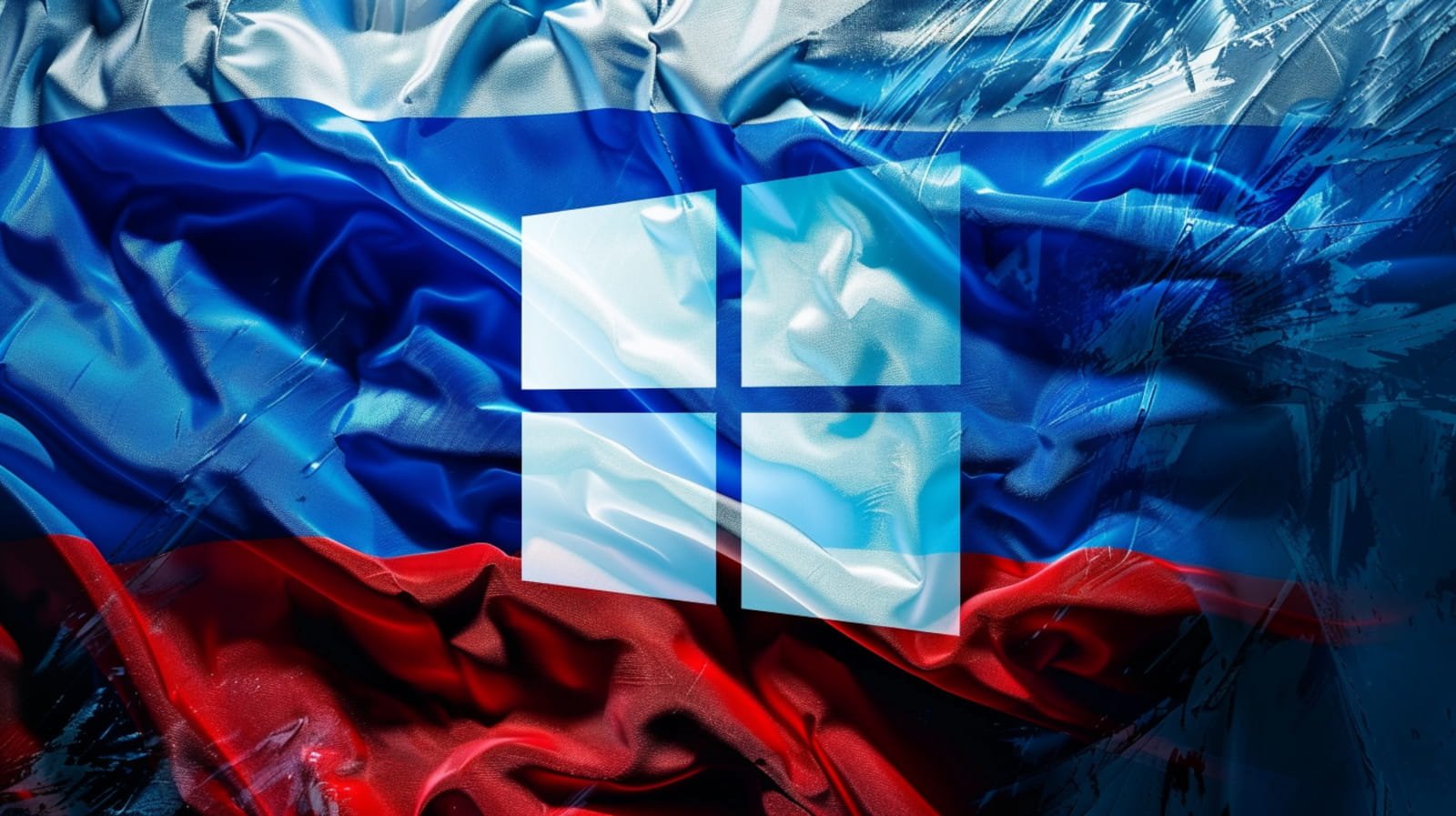
October 25, 2024 at 12:44PM
Amazon has seized domains utilized by the Russian hacking group APT29, known for sophisticated cyber-espionage targeting government entities. The phishing campaign aimed to steal Windows credentials via deceptive RDP files masquerading as AWS domains. Amazon clarified it and its cloud services were not direct targets of these attacks.
**Meeting Takeaways: APT29 Cyber Activity and Response**
1. **Domain Seizure by Amazon**: Amazon has taken action by seizing domains associated with the Russian hacking group APT29, which conducted targeted phishing attacks to steal Windows credentials using malicious Remote Desktop Protocol (RDP) connection files.
2. **APT29 Overview**: APT29, also known as “Cozy Bear,” is a Russian state-sponsored cyber-espionage group linked to Russia’s Foreign Intelligence Service (SVR), known for sophisticated attacks against governmental and military organizations, think tanks, and research institutions worldwide.
3. **Nature of Attacks**: APT29 attempted to disguise phishing sites as AWS domains but targeted Windows credentials via Microsoft Remote Desktop rather than directly aiming for Amazon or its customers’ AWS credentials.
4. **Email Campaigns**: APT29’s recent campaign was notable for its broad targeting scope, particularly affecting Ukraine and other nations labeled as Russian adversaries. They sent phishing emails featuring false information regarding ‘integration’ issues with Amazon and Microsoft services.
5. **Rogue RDP Attachments**: The phishing emails contained RDP files titled “Zero Trust Security Environment Compliance Check.rdp,” which when opened, initiated connections to malicious servers. These files shared local resources (disks, network resources, printers, etc.) with the attacker’s server, enabling potential data theft from the compromised devices.
6. **Recommendations from CERT-UA**:
– Scrutinize network interaction logs for suspicious IP addresses.
– Block ‘.rdp’ files at mail gateways.
– Prevent users from launching unnecessary ‘.rdp’ files.
– Adjust firewall settings to control RDP connections from mstsc.exe to external resources.
– Configure group policies to disable resource redirection via RDP.
7. **Continued Threat**: APT29 remains a significant cyber threat, recently exploiting vulnerabilities in various software platforms and continuing to target significant organizations globally.
8. **Proactive Measures**: Organizations are urged to adopt recommended security measures to mitigate risks associated with such phishing and credential theft campaigns.
This summary highlights the key points discussed regarding APT29’s activities, their implications for cybersecurity, and recommended actions to counteract such threats.